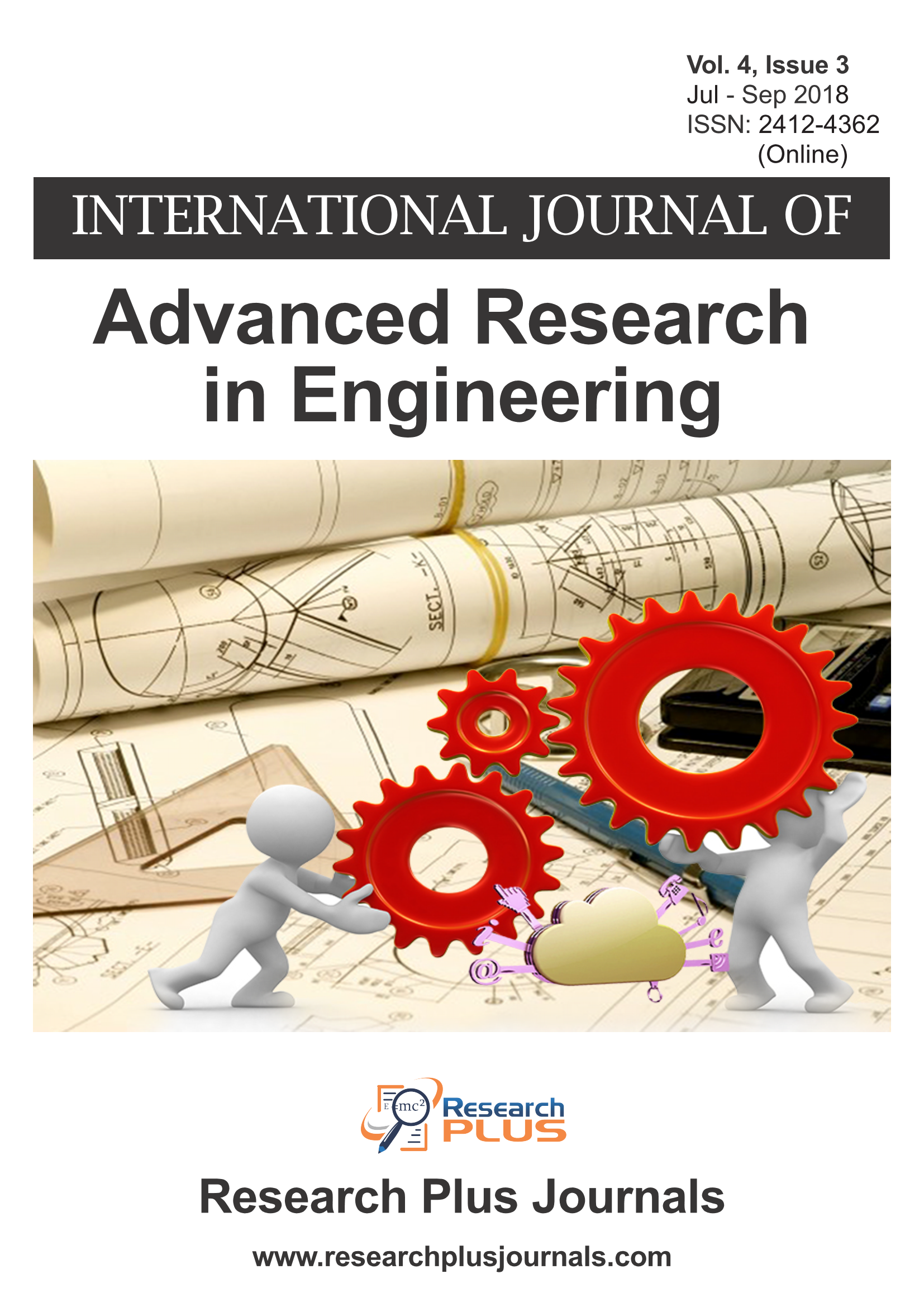Analysis of Offshore Wind Turbine Towers with Different Designs by Finite Elements Method
Abstract
It is known that the use of renewable energy has an increasing trend in whole world. Wind energy is one of the renewable energy types, as well is among the cleanest and most economical energy sources. Nowadays, in order to provide much more energy from wind, turbine towers are being built higher and the turbine blades have begun to be manufactured longer. Due to these applications, tower and turbine weights are continuously increasing. For this reason, it is necessary to optimize the materials used as well as the dimensions of the turbine towers. In the present study, behavior of TLP floating wind turbine towers with three different designs under wave, hydrostatic and static loads were investigated. In order to clarify the effect of these loads, turbine designs were analyzed in the ratio of 1/5 using finite elements method. Steel, reinforced concrete and hybrid (reinforced concrete and steel) wind turbine towers tied to sea floor at a depth of 10 meters rigidly by TLP floating method. In this context, 10-meter-high turbine towers having three different designs which static analyzed previously were used for investigate effects of wave and hydrostatic loads. Turbine structures analyzed with ABAQUS finite elements model. The deformations and stress values of underwater turbine structures were obtained and compared with each other. As it can be seen from analysis results, compared to the reinforced concrete design, the displacement of steel tower design decreased 77.84%. It is seen that the torsion effect was dominant in the steel tower design. However, the decreasing displacement value for steel design was recorded as 44.43% compared to the hybrid tower design.

This work is licensed under a Creative Commons Attribution-ShareAlike 4.0 International License.
Copyright & License
All Research Plus Journals (RPJ) publish open access articles under the terms of the Creative Commons Attribution (CC BY-SA 4.0) https://creativecommons.org/licenses/by-sa/4.0/ License which permits use, distribution and reproduction in any medium, provided the original work is properly cited & ShareAlike terms followed.
Copyright on any research article in a journal published by a RPJ is retained by the author(s). Authors grant RPJ a license to publish the article and identify itself as the original publisher. Upon author(s) by giving permission to RPJ either via RPJ journal portal or other channel to publish their research work in RPJ agrees to all the terms and conditions of https://creativecommons.org/licenses/by-sa/4.0/ License and terms & condition set by RPJ.
3rd party copyright
It is the responsibility of author(s) to secure all necessary copyright permissions for the use of 3rd-party materials in their manuscript.
Disclaimer
Research Plus Journals Open Access articles posted to repositories or websites are without warranty from RPJ of any kind, either express or implied, including, but not limited to, warranties of merchantability, fitness for a particular purpose, or non-infringement. To the fullest extent permitted by law RPJ disclaims all liability for any loss or damage arising out of, or in connection, with the use of or inability to use the content.
















